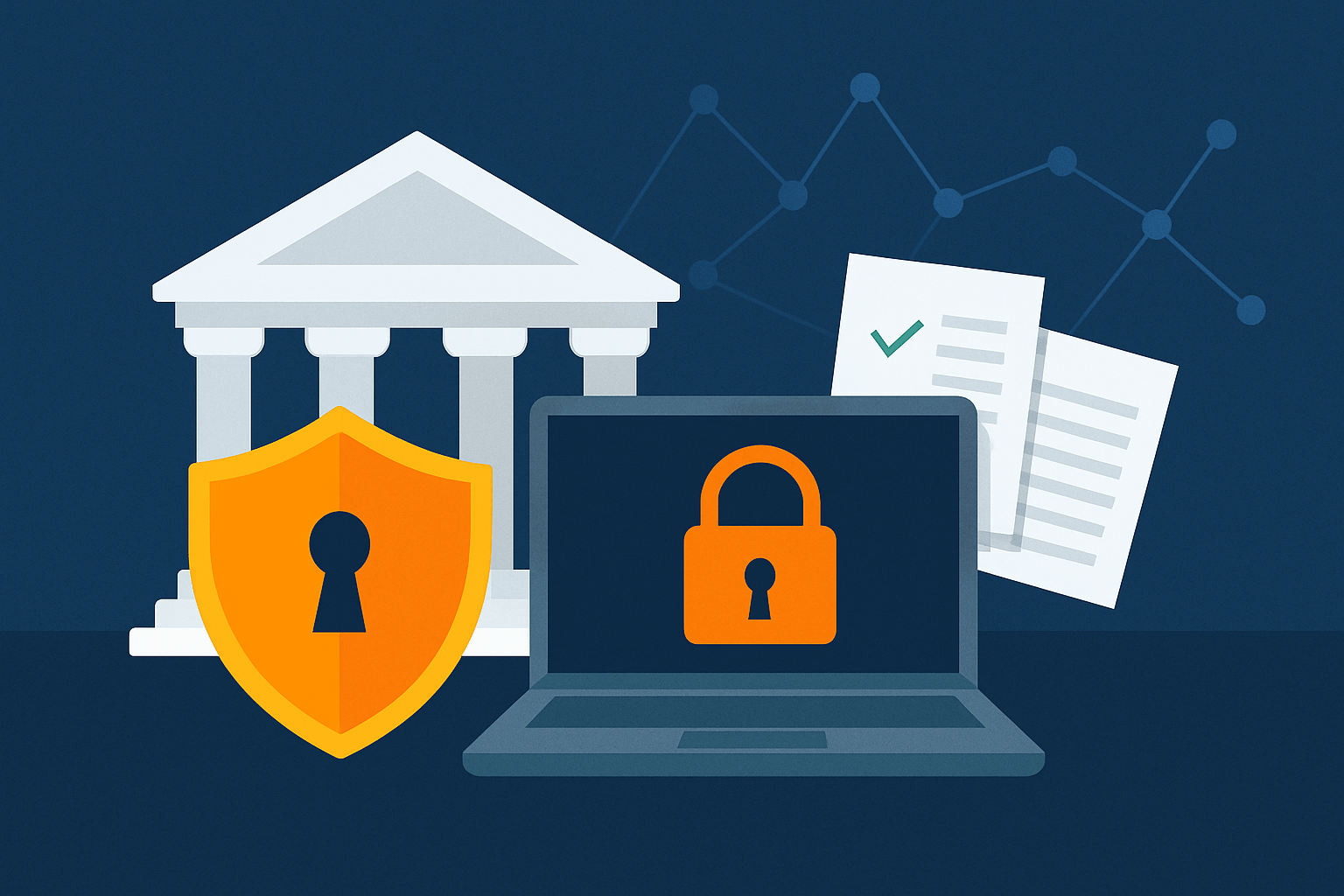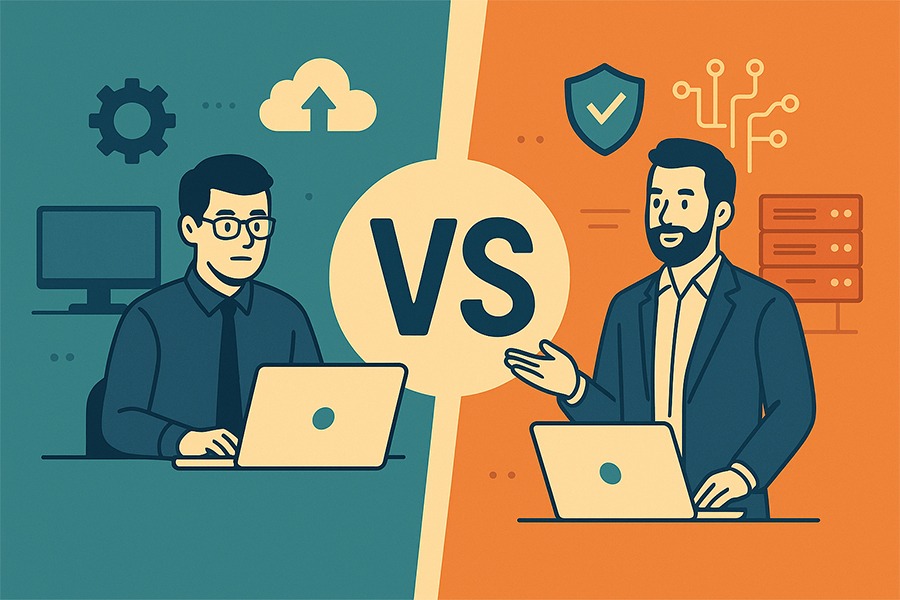A Wake-Up Call for the Cloud-First World

On 20 October 2025, Amazon Web Services (AWS), the world’s largest cloud provider, experienced a major global outage that disrupted businesses, public services and apps across multiple continents.
From Lloyds Bank to HMRC and even consumer apps like Snapchat, Signal and Epic Games, the downtime was a stark reminder: No cloud, no matter how big, is immune to failure.
For businesses relying heavily on AWS for critical infrastructure, the incident has reignited urgent discussions around cloud dependency, redundancy and resilience planning.
What Actually Happened?
The outage originated in the US-East-1 region, one of AWS’s oldest and busiest data-centre clusters.
According to Amazon, a DNS routing issue and subsequent database (DynamoDB) failures triggered widespread service interruptions.
These failures cascaded quickly through multiple layers of AWS services; affecting EC2, Lambda, RDS and Bedrock AI workloads.
Because so many global systems depend on interlinked AWS APIs, the ripple effect was enormous.
Within minutes:
- Banking systems experienced transaction errors.
- Authentication systems (like Okta and AWS Cognito) failed to respond.
- Consumer apps saw login failures and data loss warnings.
- Internal Amazon logistics tools also went offline temporarily.
Although AWS restored service within several hours, the reputational and operational impact for businesses was significant.
Why the Amazon Web Services Outage Matters
For IT professionals and business leaders alike, this outage isn’t just another blip, it’s a warning sign about the fragility of single-provider dependency.
Single-Region Risk
Many organisations host most of their infrastructure in one region (often US-East-1 or EU-West-1) for cost or latency reasons. When that region fails, even global businesses grind to a halt.
Hidden Dependencies
Even companies that believe they’re “multi-cloud” often rely on Amazon Web Services for key microservices; such as storage (S3), authentication or queueing systems (SQS). This means a single Amazon Web Services failure can still take down supposedly redundant systems.
Customer Trust and Revenue Loss
Downtime erodes customer trust fast. E-commerce, finance and SaaS platforms reported lost transactions and reputational damage after the outage. In regulated industries, service disruption can even trigger compliance investigations.
What Businesses Can Learn
The October 2025 outage is more than a headline; it’s a roadmap for what to fix next.
Design for Failure
Assume your cloud provider will fail. Architect systems with multi-region failover, auto-recovery and replication strategies.
Build a Multi-Cloud or Hybrid Approach
Where critical workloads can’t tolerate downtime, use a hybrid-cloud approach; distributing compute or data across AWS, Azure and Google Cloud or keeping limited on-prem failover.
Prioritise Observability
Visibility is everything during an incident. Implement end-to-end monitoring (CloudWatch, Datadog or open-source tools) and clear alerting pipelines.
Test Disaster Recovery Regularly
It’s not enough to have a DR plan; you need to simulate an outage and verify failover times and recovery points.
Review Contracts and SLAs
AWS’s standard SLAs offer partial credits, not business compensation. Ensure your own business continuity plans and insurance cover real financial risk.
How Netvector Helps Clients Prepare
At Netvector, we help organisations design IT ecosystems that withstand disruption. Our engineers specialise in:
- Resilient Amazon Web Services architecture (multi-region, load-balanced, failover design)
- Cross-cloud backup and redundancy
- Disaster-recovery planning and testing
- Security and uptime monitoring
The AWS outage serves as a reminder that cloud convenience doesn’t guarantee continuity.
With the right planning and architecture, downtime can be dramatically reduced or even avoided entirely.
The AWS outage of October 2025 may soon fade from headlines, but its lessons should not.
Resilience isn’t just an IT issue, it’s a business survival strategy.
If your organisation was affected, or you’re concerned about your cloud dependency, now is the time to review your setup.
Netvector can help assess your infrastructure, implement redundancy and future-proof your cloud operations.



